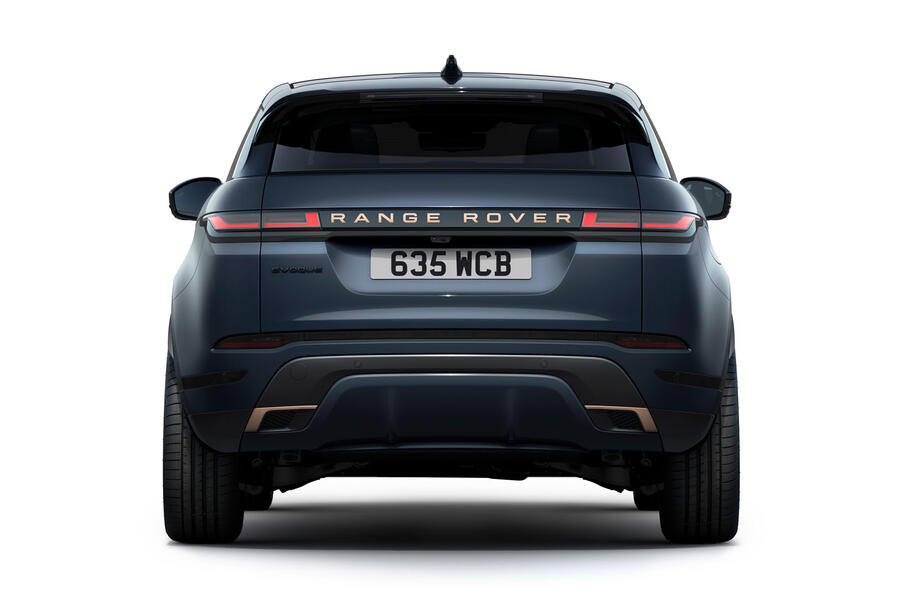
- TOYOTA GAZOO Racing Announces GR Supra, GR86, and GR Corolla Special Editions for Model Year 2024 Lineup
- GR86 Sports Coupe Celebrates 40 Years Since AE86 Launch with a Special TRUENO Edition
- AE86-Inspired Two-Tone Black Hood and Side Panel Graphic Paired with Halo or Track bRed
- Upgraded Performance Package with SACHS® Dampers and Brembo ® Brakes
- Performance Package Now Available for GR86 Models Equipped with 18-inch Wheels
- Active Safety Suite Now Standard on Manual Transmission Equipped Models
PLANO, Texas (June 21, 2023) – Toyota is introducing exciting updates to the GR86 for the 2024 model year. The first is the limited GR86 TRUENO Edition, featuring a two-tone design in Halo and black or Track bRed and black. The TRUENO Edition also comes with an upgraded Performance Package, including SACHS Dampers and Brembo Brakes, which is now available as standard on the TRUENO Edition and as an upgrade for other GR86 models.
The GR86 TRUENO Edition, based on the Premium grade, will be produced in both manual and automatic transmission models, with only 860 units available in the US market. It will feature a two-tone look with a black wrapped hood, black TRUENO Edition side panel graphic, and black painted duckbill spoiler. The TRUENO Edition badge on the front bumper lip and rear decklid pays tribute to the 1980s model that inspired its design. Other distinctive touches include black metallic finished 18-inch, 10-spoke aluminum alloy wheels, black door handles, and mirror caps.
Inside the special edition, the GR86 TRUENO Edition will have Ultrasuede® sport seats with attention-grabbing red leather trim, a red-stitched shift boot, and a leather-wrapped steering wheel. Additional unique features include a TRUENO Edition logoed shift knob and all-weather floor/trunk mats. The car will also come with an 8-inch touchscreen display with Apple CarPlay® and Android Auto™ compatibility and an eight-speaker audio system as standard.
In addition to the special edition, the 2024 GR86 lineup will also feature a Performance Package. This package includes ZF SACHS Dampers and Brembo Brakes and is now standard on the TRUENO Edition. The Performance Package can also be added to new 2024 GR86 models and retrofitted to 2022 and 2023 models with 18-inch wheels. The package is specially tuned by TOYOTA GAZOO Racing for optimal handling, ride comfort, and brake system consistency.
Furthermore, manual transmission equipped models of the GR86 will now come standard with an Active Safety Suite. This suite includes features such as Pre-Collision Braking, Adaptive Cruise Control, Lane Departure Warning, Sway Warning, Lead Vehicle Start Alert, and High Beam Assist. This addition complements Toyota’s existing Star Safety System™, which includes Vehicle Stability Control (VSC), Traction Control (TRAC), Anti-lock Brake System (ABS), and more.
The 2024 Toyota GR86 TRUENO Edition will be available in limited quantities in Winter. Pricing for the GR86 TRUENO Edition and the complete GR86 2024 lineup will be announced later this year.
About Toyota
Toyota (NYSE:TM) has been a part of the cultural fabric in the U.S. for over 65 years, and is committed to advancing sustainable, next-generation mobility through our Toyota and Lexus brands, and our network of nearly 1,500 dealerships.
Toyota employs more than 39,000 people in the U.S. who have contributed to the design, engineering, and assembly of over 33 million cars and trucks at our nine manufacturing plants. By 2025, Toyota’s 10th plant in North Carolina will begin manufacturing automotive batteries for electrified vehicles. With a range of 22 electrified options, Toyota currently has more electrified vehicles on the road than any other automaker.
To inspire the next generation for careers in STEM-based fields, including mobility, Toyota launched its virtual education hub at www.TourToyota.com which offers an immersive experience and virtual visits to many of our U.S. manufacturing facilities. The hub also provides free STEM-based lessons and curriculum through Toyota USA Foundation partners, as well as virtual field trips. For more information about Toyota, visit www.ToyotaNewsroom.com.
About TOYOTA GAZOO Racing
TOYOTA GAZOO Racing embodies Toyota’s commitment to pushing the limits to create ‘ever-better’ cars, developing new technologies and solutions through motorsports, and promoting innovation. TOYOTA GAZOO Racing races its cars to constantly improve and learn from challenging situations. Competing on every type of road inspires TOYOTA GAZOO Racing to build ‘ever-better’ cars and engineer Toyota’s future DNA, bringing excitement and joy of driving to everyone. For more information, visit www.toyotagazooracing.com.

 Add to Cart
Add to Cart Print
Print Convert to PDF
Convert to PDF










